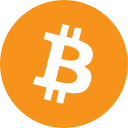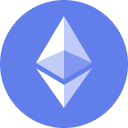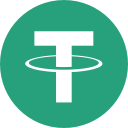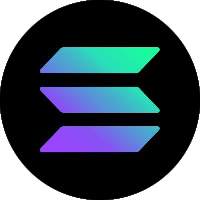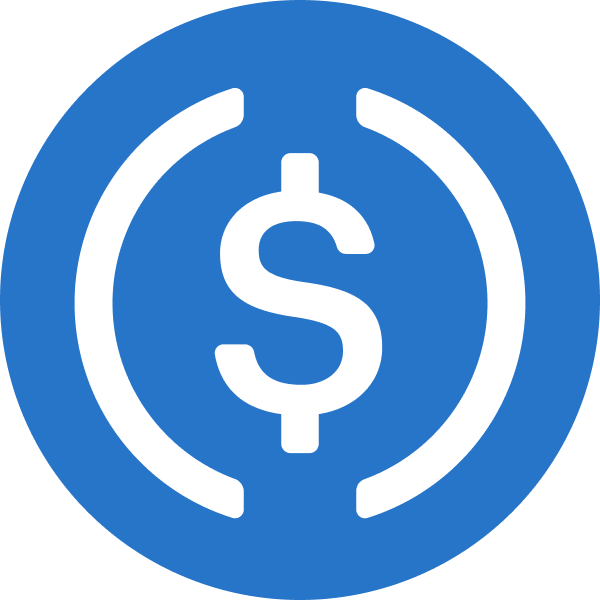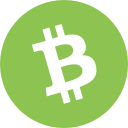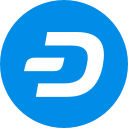
Piyasa
Qtum hakkında
İlişkili Varlıklar
Qtum Hesaplayıcı
Coinbase Bytes
Qtum bu hafta düşüşte.
Qtum fiyatı son bir saat içinde %0,21 increased ve son 24 saat içinde %2,39 increased. Qtum fiyatı geçtiğimiz hafta %12,30 fallen. Güncel fiyat, 91,31 Mn $ tutarındaki 24 saatlik işlem hacmiyle QTUM başına $4,07. Qtum şu anda tüm zamanların en yüksek düzeyinin ($106,88) %96,19 altında değerleniyor. Bu, piyasaya sürülmesinden bu yana Qtum için ödenen en yüksek fiyattır.
Qtum varlığının dolaşımdaki mevcut arzı 104.755.842 QTUM olduğundan Qtum varlığının toplam piyasa değeri 104.755.842 olarak hesaplanıyor.
SSS
ENS Profillerini Keşfedin
Ethereum Name Service (ENS) profilleri dünyasına göz atın. Bağlanmak, bilgi edinmek ve web3 topluluğuyla etkileşime geçmek için profile.coinbase.com adresini ziyaret edin. En popüler ENS profillerinden bazılarını aşağıda bulabilirsiniz.
Belirli içerikler, Coinbase Inc. veya onun iştirakleri ile ilişkisi olmayan üçüncü taraflarca hazırlanmıştır. Coinbase bu tür içeriklerden sorumlu değildir. Coinbase, içerikteki herhangi bir hata veya gecikmeden ya da herhangi bir içeriğe bağlı olarak gerçekleştirilen eylemlerden sorumlu değildir. Sunulan bilgiler yalnızca bilgilendirme amaçlıdır ve yatırım tavsiyesi değildir. Bu bilgiler, belirli bir dijital varlığın satın alınması veya satılması ya da belirli bir yatırım stratejisinden faydalanılması yönünde bir tavsiye niteliği taşımaz. Coinbase belirli bir varlık için sunulan bilgilerin doğruluğu, uygunluğu veya geçerliliği konusunda herhangi bir beyanda bulunmamaktadır. Gösterilen fiyatlar sadece örnek amaçlıdır. Güncel kripto fiyatları ve ilgili istatistikler değişiklik gösterebilir. Sunulan veriler, Coinbase ve diğer kripto borsalarında takas edilen varlıkları yansıtabilir.


